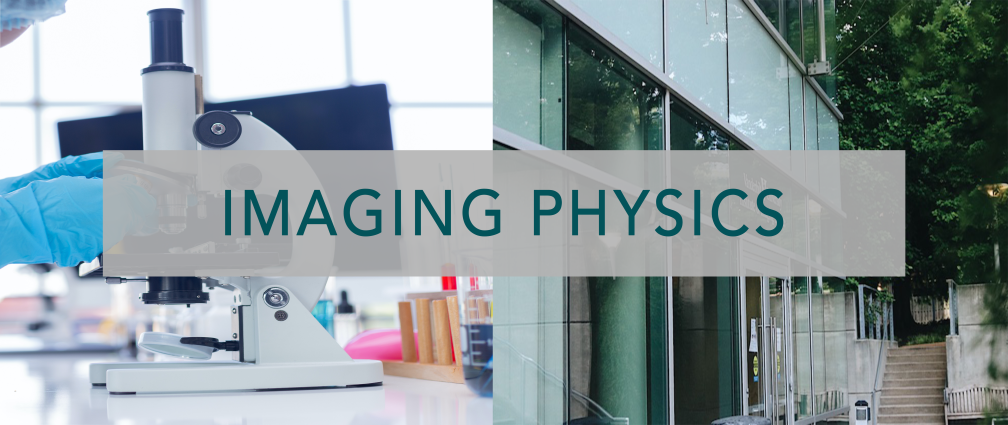Overview
Imaging Physics is the application of physics and mathematics to problems in biomedical imaging. It includes research in image formation, contrast mechanisms, and scanner design. Imaging Physics at VUIIS includes MRI pulse sequence design and image reconstruction, the development of novel sources of contrast in MRI and ultrasound, and detector optimization in SPECT. Other research at VUIIS is focused on developing models relating basic physiological quantities to image variables, providing more useful information from imaging experiments.
Capabilities
Imaging Physics research at VUIIS is carried out on a wide range of state of the art equipment. A 7 Tesla human MRI scanner, one of only about 30 in the world, provides a platform for studying contrast mechanisms and system optimization at very high field strength. Six additional MRI scanners for humans and/or small animals are optimized for a variety of experiments. Electronic and machine shops in VUIIS support fabrication of novel scanner components. Computational resources include a cluster in the Institute. In addition, the University’s high performance computing cluster (ACCRE) is available for demanding image simulation and analysis projects.
Highlights
- An interdisciplinary team focused on high performance imaging. Research at VUIIS aims to push the boundaries of resolution, sensitivity, and accuracy of non-invasive imaging techniques.
- Access to state of the art imaging equipment, fabrication facilities, and computational resources. Investigators can efficiently design, simulate, implement, and evaluate new approaches to biomedical imaging using these resources.
- Vibrant programs in small animal and human imaging leverage the translational potential of imaging in biomedical research.
Current Activities
- Development of very high field MRI, including correction of static and radio frequency magnetic field inhomogeneities. Applications include high spatial resolution studies of brain structure, function, and pathology.
- Subvoxel analysis of tissue properties, including water compartmentation
- Measurement of tissue anisotropy and neuronal connectivity in the brain.
- Mathematical modeling of water diffusion in tumors as a probe of the tissue microenvironment.
- Multicompartment modeling of magnetization exchange.
- Improved sensitivity of magnetic resonance spectroscopy (MRS) using spin hyperpolarization.
- Three dimensional elastography for breast imaging.
- Photoacoustic tomography.
- Optimization of SPECT camera spatial resolution.
- Optimization of three dimensional radiation dosimetry.


